
Mahindra XUV 3XO (XUV300 Facelift) Launched With Significant Design...
- Apr 29, 2024
- Views : 11926

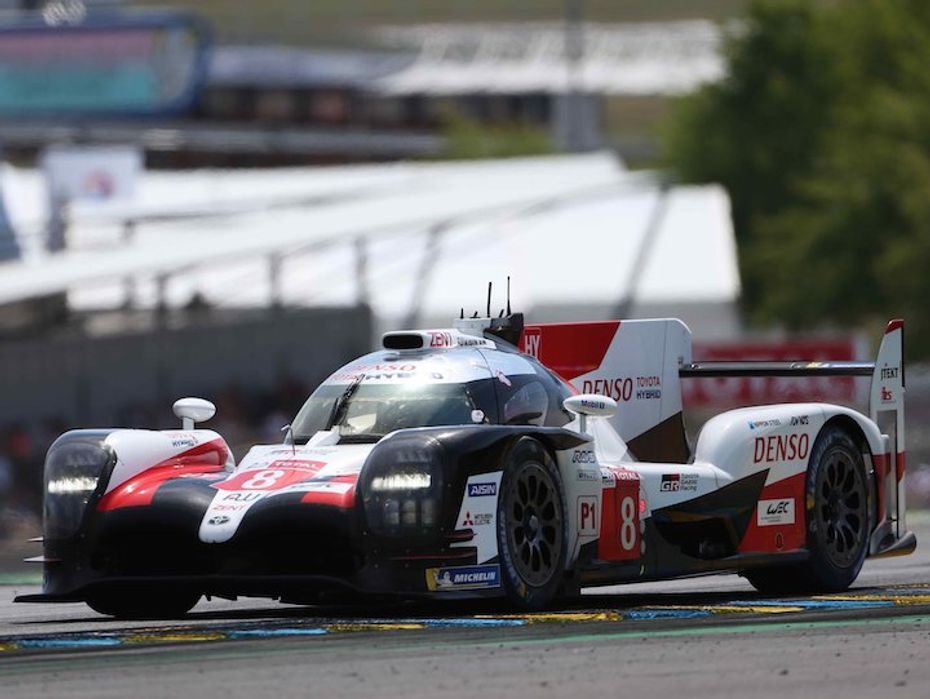
You may have heard of racing drivers playing a video game for 24 hours this past weekend, which is traditionally when the greatest sportscar event in the world is held. One could even argue that the 24 Hours of Le Mans is the greatest single car racing event in the world. Don’t worry, it is scheduled to be held later this year for real, from September 19 to 20. Not even Le Mans is immune from the effects of the COVID-19 pandemic. Here are some facts about ‘the greatest race.’
An F1 season in a day
The typical distance covered by the overall winners at Le Mans is around 5,300km. That is the equivalent of 17 F1 race distances, covered in one day! Until its expansion to Asia, an F1 season typically consisted of 17 races, the longest since then having lasted for 21 races. Clearly, flat out speed is not the main focus at Le Mans. The cliched racing adage ‘to finish first, first you must finish’ holds truest at Le Mans.
Road relevant
The 13.626km Circuit de la Sarthe is predominantly made up of public roads, and has been since the first edition of Le Mans in 1923. A permanent road racing circuit has been constructed where the start-finish line currently is. This racetrack, called Circuit Bugatti, hosts a round of the MotoGP world championship as well as the 24 Hours of Le Mans motorcycle race. The event being held on a regular road surface, rather than one specifically made for racing makes the race an attractive marketing exercise for manufacturers. And not just car manufacturers trying to market technology it intends to pass on to its customers some day, but also tyre manufacturers.
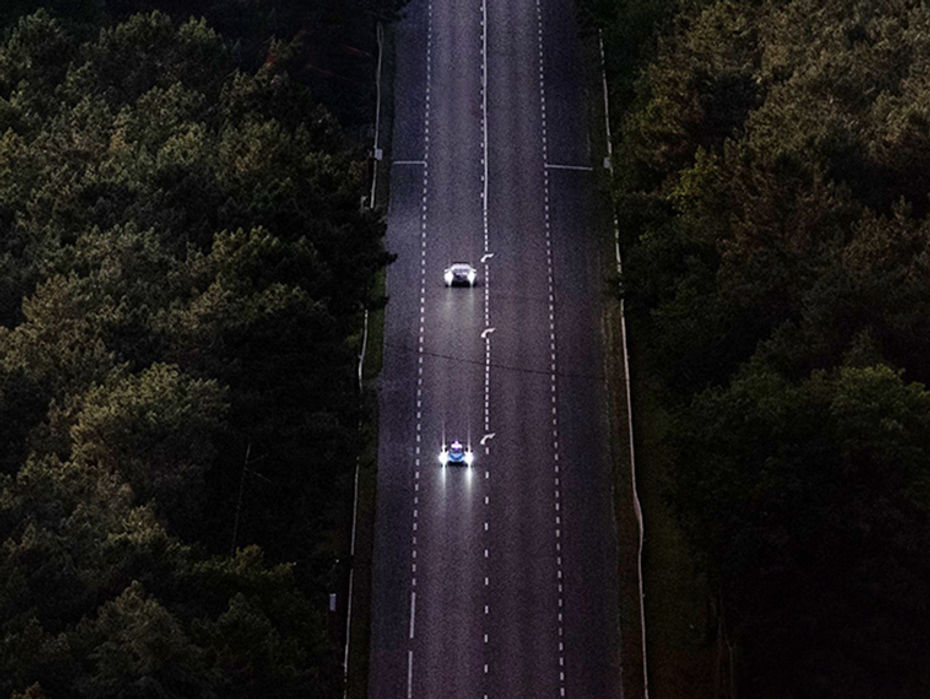
Porsche Rules
The most successful manufacturer in the event’s history, by far, is Porsche. The German marque has won 19 editions of Le Mans since its first success in 1970. That 1970 win and also the year later came after trouncing Ferrari, which had - at the time - held the record for the most wins by a manufacturer. Ferrari had won the 24 Hours of Le Mans nine times from 1949 to 1965, including six consecutive wins from 1960 to 1965. Ford ended the Italian company’s domination in 1966 and remained top of the heap until 1969. Audi’s 13 wins makes it the second most successful car manufacturer at Le Mans, with five consecutive wins coming from 2010 to 2014.
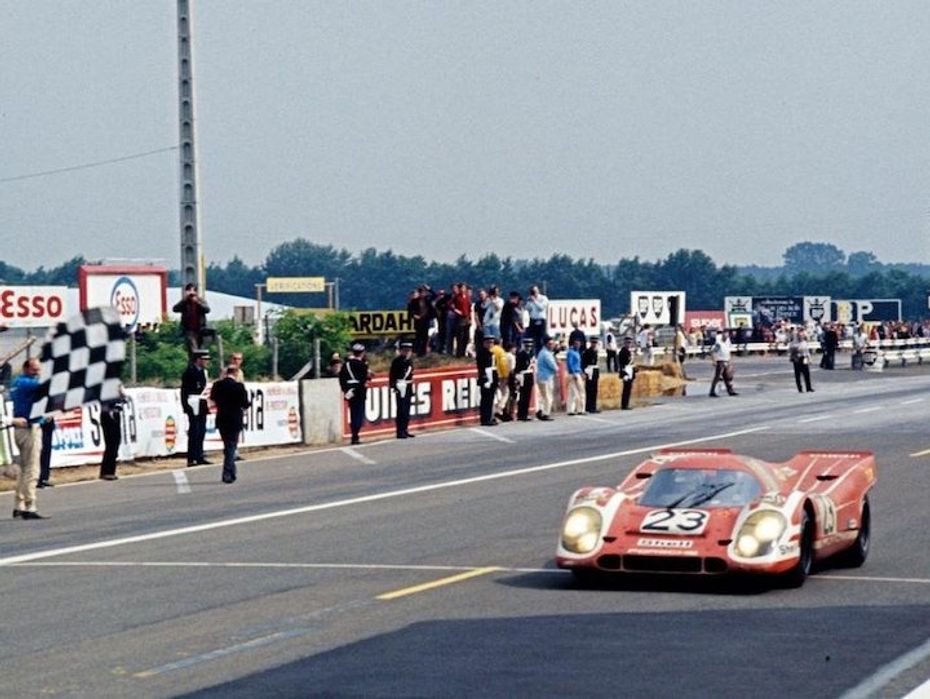
Unenviable record
With 84 fatalities - 83 spectators and one racing driver - the accident involving Pierre Levegh’s Mercedes-Benz 300 SLR at the 1955 24 Hours of Le Mans remains the most catastrophic racing accident in the history of motorsport. The accident prompted Mercedes to cease its motorsport activities until 1989.
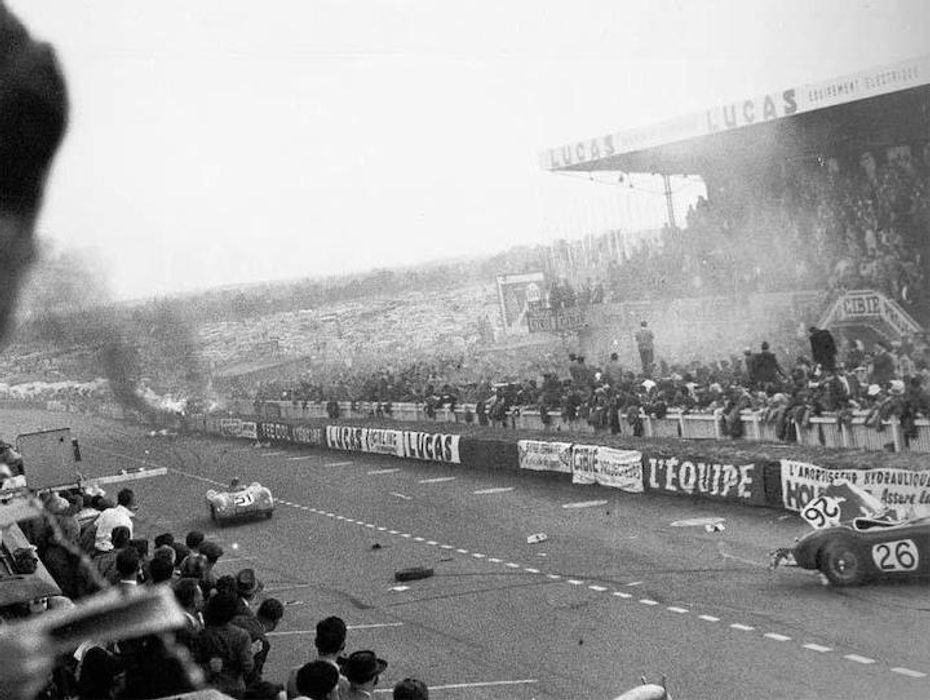
Mr. Le Mans
With nine overall victories to his name from 1997 to 2013, Denmark’s Tom Kristensen is the most successful driver in the history of the 24 Hours of Le Mans. Kristensen was also part of the winning entry for six years in a row, from 2000 to 2005. Prior to Kristensen, Belgium’s Jacky Ickx was the most successful driver at Le Mans with six wins from 1969 to 1982. Ickx was one of motorsport’s great all-rounders as he was a winner of eight F1 races and also won the 1983 Paris-Dakar Rally.
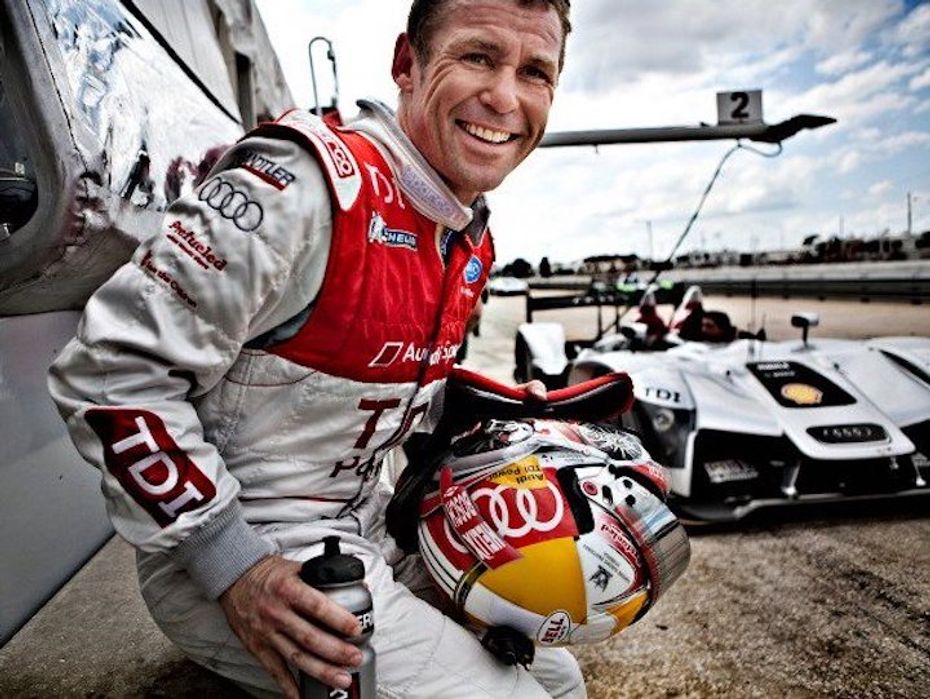
Closest win
120 meters is all that separated overall winner Jacky Ickx’s Ford GT40 from Hans Hermann in his Porsche 908 at the finish of the 1969 24 Hours of Le Mans. Even though the 1966 race officially had the closest win at the event, it was a rigged finish with Ford wanting its cars to cross the line in a photo finish. The Circuit de la Sarthe was 13.469km in length at the time and the top two finishers both completed 372 laps over the course of the 24 hours. That’s a total distance of over 5,010km and yet the winning margin was just over 100 meters. Crazy!
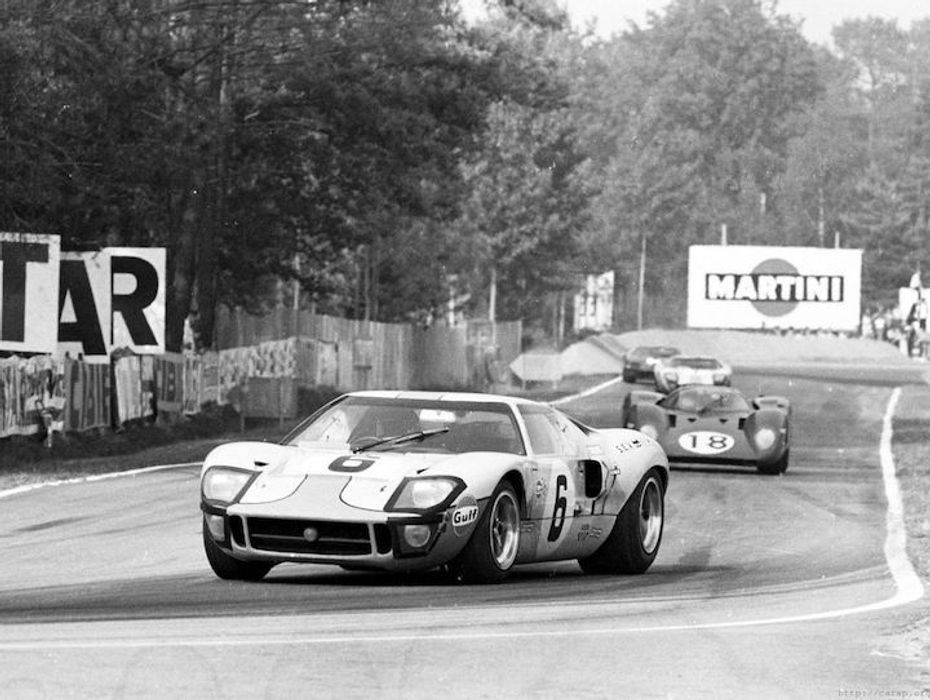

Mahindra XUV 3XO (XUV300 Facelift) Launched With Significant Design...

2024 Mahindra XUV 3XO Interior Revealed: Old vs New Compared

Overview In 10 Images: Mahindra XUV 3XO Mid-Spec MX3 Variant

Mahindra XUV 3XO: All Details You Need To Know In 10 Images

Mahindra Promises Shorter Waiting Period For XUV 3XO As It Crosses...

Mahindra XUV 3XO vs XUV300: Old vs New Compared

2024 Maruti Suzuki Swift Teased In India For First Time, Check Out...

Force Gurkha 5 Door Revealed: All Details In 10 Images

Force Gurkha 5-door: Your FIRST LOOK Ahead Of Its Launch In Early May
India's largest automotive community